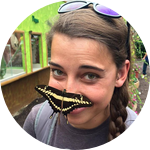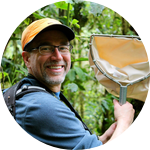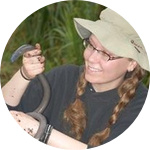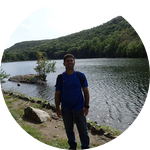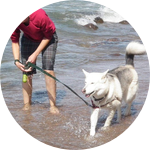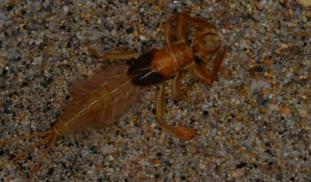Please wait...
About This Project
Introduced rainbow trout can have profound effects on the chemical and biological characteristics of temperate streams including increased nutrients and species extirpation. How these non-native fish impact the unique cloud forest streams of Ecuador is unknown. We will examine the effect of trout on water chemistry, macroinvertebrate communities, and functional processes of several cloud forest streams to better inform management and evaluate and prevent possible degradation.

Browse Other Projects on Experiment
Related Projects
How do polar bears stay healthy on the world's worst diet?
Polar bears survive almost entirely on seal fat. Yet unlike humans who eat high-fat diets, polar bears never...
Uncovering hidden insect diversity associated with a likely undescribed gall-forming midge
Does a likely undescribed species of gall-forming midge (pers. comm. Ray Gagné) on Eriodictyon plants (Yerba...
Macrofungi of the California archipelago
The eight islands of the California Archipelago are a well-studied biodiversity hotspot — but we know almost...
